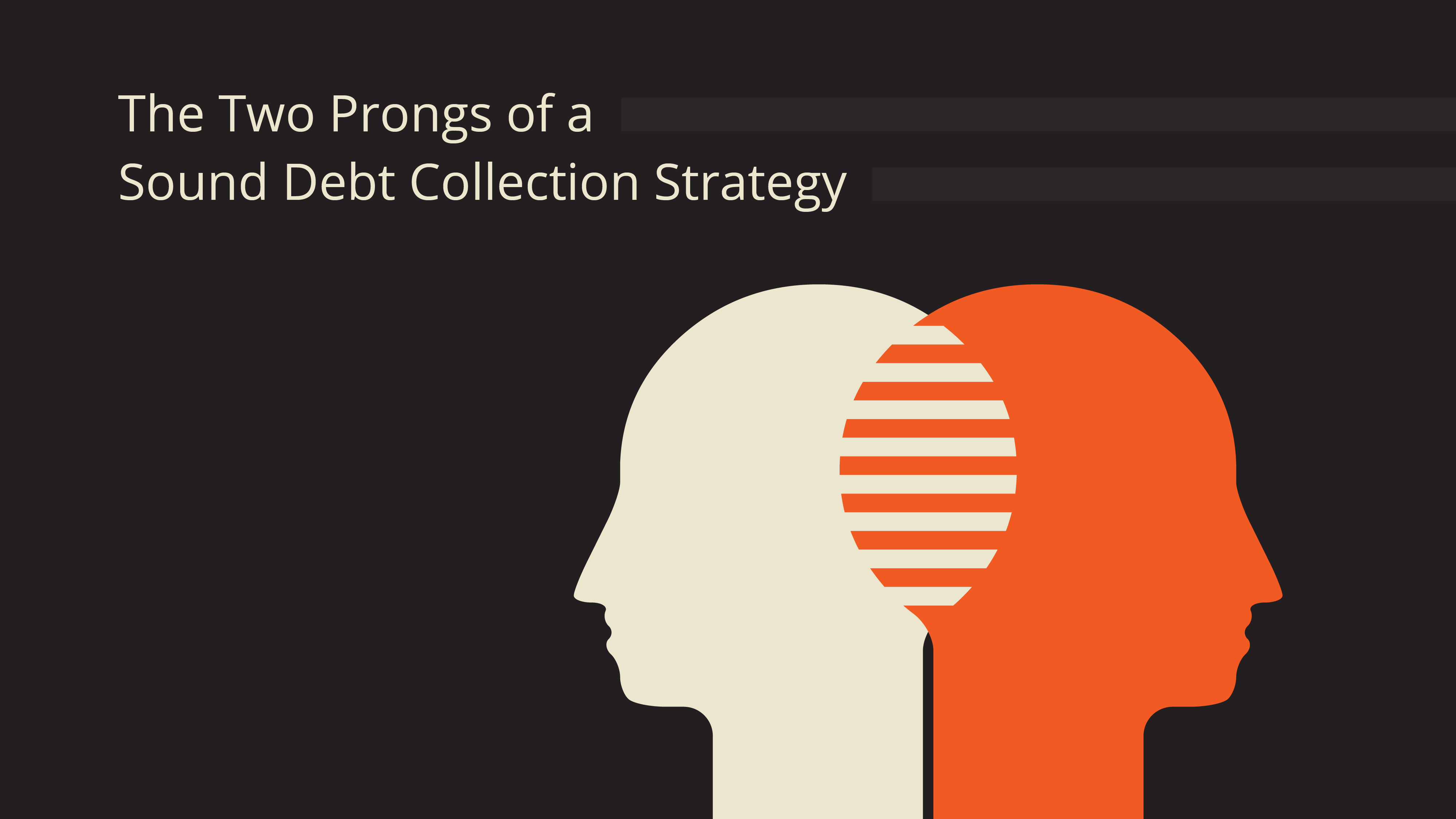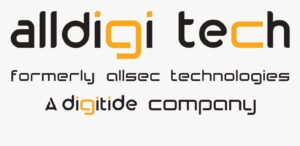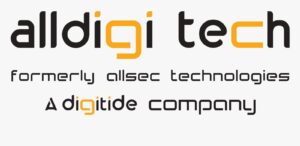
The Two Prongs of a Sound Debt Collection Strategy
No matter what the nature of business, if it involves extending a line of credit, then bad debt is an outcome one must be prepared for. A study from Atradius in 2016 about payment practices revealed that 48% of customers delay payments. Although delayed payments can hold up business, it is the consequent possibility of default that can put a dent in it, sometimes causing companies thousands or even millions of dollars in unrecovered dues.
An effective debt collection strategy, bolstered with technological advancements, can create a paradigm shift in the bad debt habits of a company and plug losses even before they arise.
The Power of Predictive Analytics
Analytics can be a powerful tool for collections strategy, if used correctly. Traditional collection classifications categorize customers based on a set of simple risk metrics or delinquency probabilities. With approaches that are even more rudimentary in nature, the strategy becomes too little too late.
In a more proactive approach, predictive analytics and machine learning tools can enable more targeted interventions through nuanced classifications. For instance, a first-time defaulter still in early stages of delinquency is usually prone to self-cure, i.e. will repay the dues on their own without requiring an aggressive follow-up course of action. Certain other early-stage defaulters can be convinced to pay up through offers or tailor-made repayment schemes. Analytical models can determine which offers are most likely to convince customers to settle earlier in the default cycle.
A McKinsey report found that banks that re-segment delinquent accounts through analytics that determine whether customers are self-curers or need to be motivated through offers, end up reducing charge-offs by 10-20%.
Taking things a step further, AI-backed analytical software can be used in a number of ways to improve collections, from predicting outcomes of customers based on their responses, to reducing the hassles of skip-tracing through quicker tracing of absconding debtors. Without technological assistance, processes such as skip-tracing can be highly time-consuming and prone to failure.
Through insights such as understanding a customer’s reluctance or willingness to pay, their probability of repeated default, and the best possible means of settlement, analytics can improve the decision-making process of debt collection agents and thereby lead to speedier debt resolution.
Managing Risks and Frauds
While debt collection strategies are important, the other side of the collection coin is early identification of possible frauds and risks, which can enable more effective damage control.
Identity thefts and fraudulent accounts are damaging not just to the victims but also to businesses. Recovering funds lost to theft and fraud can be a near-impossible affair. Based on data from Javelin Research in 2015, identity thefts can cause American small businesses as much as $8 billion annually. One way to protect a business against such frauds is to have insurance so as to be covered in case a situation like this arises.
The other risk management technique is to ensure regular screening of old accounts and a thorough check of new accounts. AI and machine-learning software can enable data verification to ascertain risky accounts so that they can be dropped at the start.
Regulatory risks can also be an impediment to debt collection. The dynamic compliance requirements for debt, including those under the Fair Debt Collection Practices Act, Consumer Financial Protection Bureau’s requirements and Regulation E, can increase overhead costs in legal consulting fees and periodic compliance audits. An efficient debt collection strategy must ensure that all practices remain complaint under law, while reducing the overall cost of compliance.
Staying Current
Bad debts are an age-old business impediment that need to be tackled effectively. Changing times require new strategies to recover debt from defaulters. Evolving regulatory environments and new default patterns necessitate newer strategies. In the current debt milieu, AI-driven analytics and strong risk management techniques can help bad debts from wiping out a significant portion of the bottom line.
Alldigi’s First Party Collections Solutions manage both sides of the coin. With an integrated approach, no one side is left lacking, the process can be hands-off, and businesses can focus on positive growth avenues rather than dilute their efforts by trying to manage collections programs in-house.



